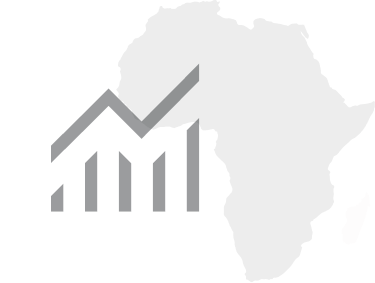Africa's education hurdle: youth not in employment, education or training (NEET)
24 January, 2024
Education and training not keeping up with the task
While Africa has the youngest population in the world, the continent's level of education and training lies far below the global average. Globally, Afghanistan has the highest share of youth not in employment, education or training (NEET). At 43.9% Somalia has the largest share of NEET youth in Africa. Angola and Madagascar are the only African countries whose share of NEET youth stands below 10%.
World regions: share of youth aged 15-24 not in employment, education or training (NEET) (2022)

As a percentage of GDP between 2011 and 2020, the gap between the highest and lowest spending African countries on education has shrunk by barely 1%. Africa has the lowest education spending per capita globally, meaning that investment in education is not matching demographic trends on the continent. Furthermore, along with Latin America and the Caribbean, it is one of only two world regions for which spending per capita has actually decreased over the time period.
Somalia (43.9%) has the highest share of NEET youth in Africa
World & sub-Saharan Africa: education completion rate by level (2019)
Expected years of schooling in Africa are the lowest globally
According to the latest available figures in Africa (2010-2020):
- At the primary level, completion rates are 62.5% in sub-Saharan Africa compared to 86.4% in the world.
- At lower secondary level, completion rates are 43.8% in sub-Saharan Africa compared to 75.9% in the world.
- At the upper secondary level, completion rates are 26.3% in sub-Saharan Africa compared to 56.8% in the world.
World regions: share of out-of-school children and youth (2020)
- At primary level, the average out-of-school rates are 20.5% in sub- Saharan Africa compared to 9.4% globally.
- At lower secondary level, the average out-of-school rates are 34.0% in sub-Saharan Africa compared to 14.4% globally.
- At upper secondary level, out-of-school rates are 47.5% in sub- Saharan Africa compared to 30.9% globally.
According to the latest available data year (2020), the expected years of schooling in Africa are the lowest out of all world regions (8.5 years), far below Oceania (11.4 years), the second lowest region.
Expected years of schooling in Africa are the lowest out of all world regions: (8.5 years), far below Oceania (11.4 years)
World regions: expected years of schooling (2020)
A challenging skills mismatch
According to the United Nations International Children’s Emergency Fund (UNICEF), countries in sub-Saharan Africa are severely affected by qualifications and skills mismatches, making it hard for employers to find suitable job applicants. Most countries experience vertical mismatches where workers do not have the necessary level of education to perform the tasks in their chosen careers. In most cases, graduates do not have the skills required by particular professions. Most countries also suffer from horizontal mismatches, whereby workers’ occupations are unrelated to their fields of study. Another limitation lies in the fact that specialisation occurs at tertiary education, a level attained by only a minority of students in sub-Saharan Africa where just 5% of adults have a degree.


